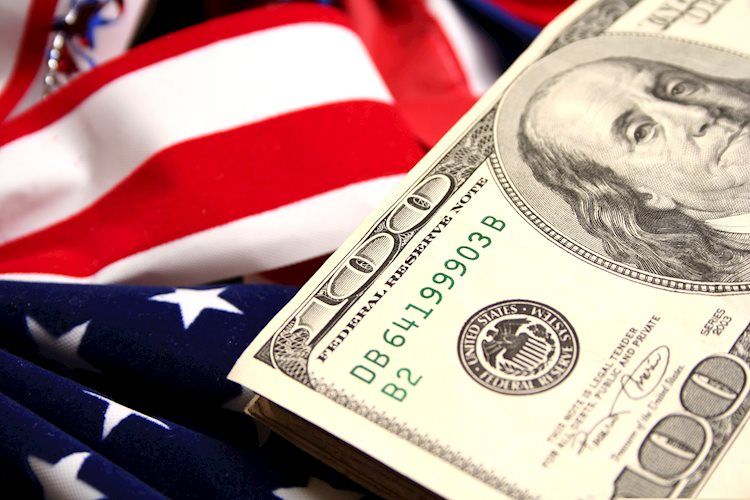The US Dollar has surged significantly after former US President Donald Trump secured enough electoral votes to become the next US president. Trump secured 277 votes, surpassing the 270 threshold needed to secure a majority. This, coupled with the Republicans securing a majority in the Senate, is expected to result in further US Dollar strength. Trump’s victory also means he will have support from both institutions when passing laws, making him a powerful president. The US economic calendar remains light on Wednesday, allowing traders to focus on the outcome of the presidential election.
In the aftermath of Trump’s election as president, Asian equities have suffered due to impending tariffs under the new administration, while European and US equities are rallying higher. The CME FedWatch Tool is predicting a 25 basis point interest rate cut by the Federal Reserve at the upcoming meeting, with a high probability of a 50 basis point cut at the December meeting. The US 10-year benchmark rate is currently trading at 4.35%, slightly lower from previous highs. This economic scenario indicates a potential rate cut this week, with markets anticipating further cuts in December.
The US Dollar Index (DXY) is experiencing a significant uptrend, breaking above the 105.00 level and reclaiming its status as the dominant currency. Trump’s forthcoming presidency and his policies are expected to drive further movement in all asset classes. Key resistance levels to watch include 105.53, 105.89, and 106.52, while support levels are at 104.63, 104.00, and the 200-day Simple Moving Average at 103.85. The Dollar’s strength is likely to continue as Trump takes office and implements his agenda.
The US Dollar (USD) is the official currency of the United States and a key global currency in circulation alongside local notes in many countries worldwide. It is the most traded currency globally, accounting for over 88% of all foreign exchange transactions. The value of the USD is primarily influenced by the monetary policy of the Federal Reserve (Fed), which aims to achieve price stability and full employment through interest rate adjustments. Inflation and unemployment rates play a significant role in determining Fed actions that impact the value of the USD.
The Federal Reserve can resort to quantitative easing (QE) in extreme situations to boost credit flow in the financial system. QE involves the Fed printing more Dollars to buy US government bonds from financial institutions, which can lead to a weaker US Dollar. Conversely, quantitative tightening (QT) involves the Fed stopping bond purchases and not reinvesting the principal from maturing bonds, which can strengthen the US Dollar. These monetary policy tools are crucial in shaping the value of the US Dollar in the global economy.











